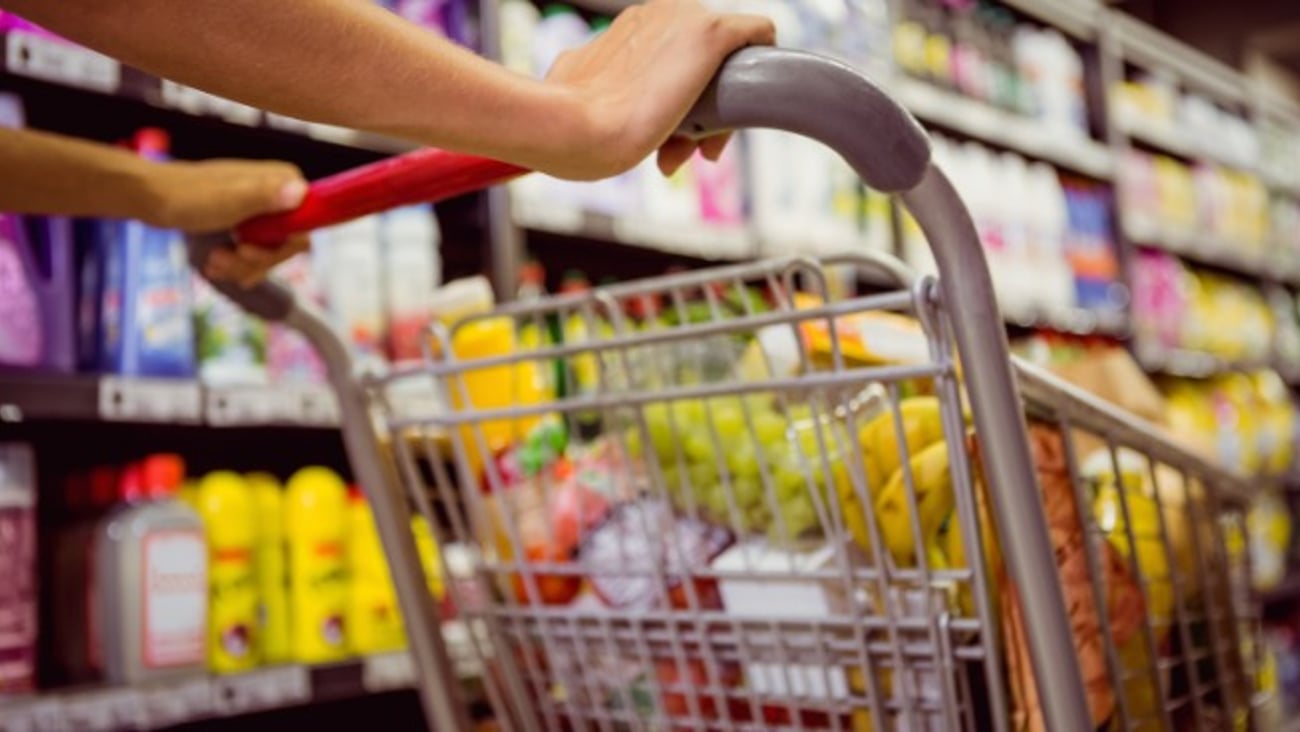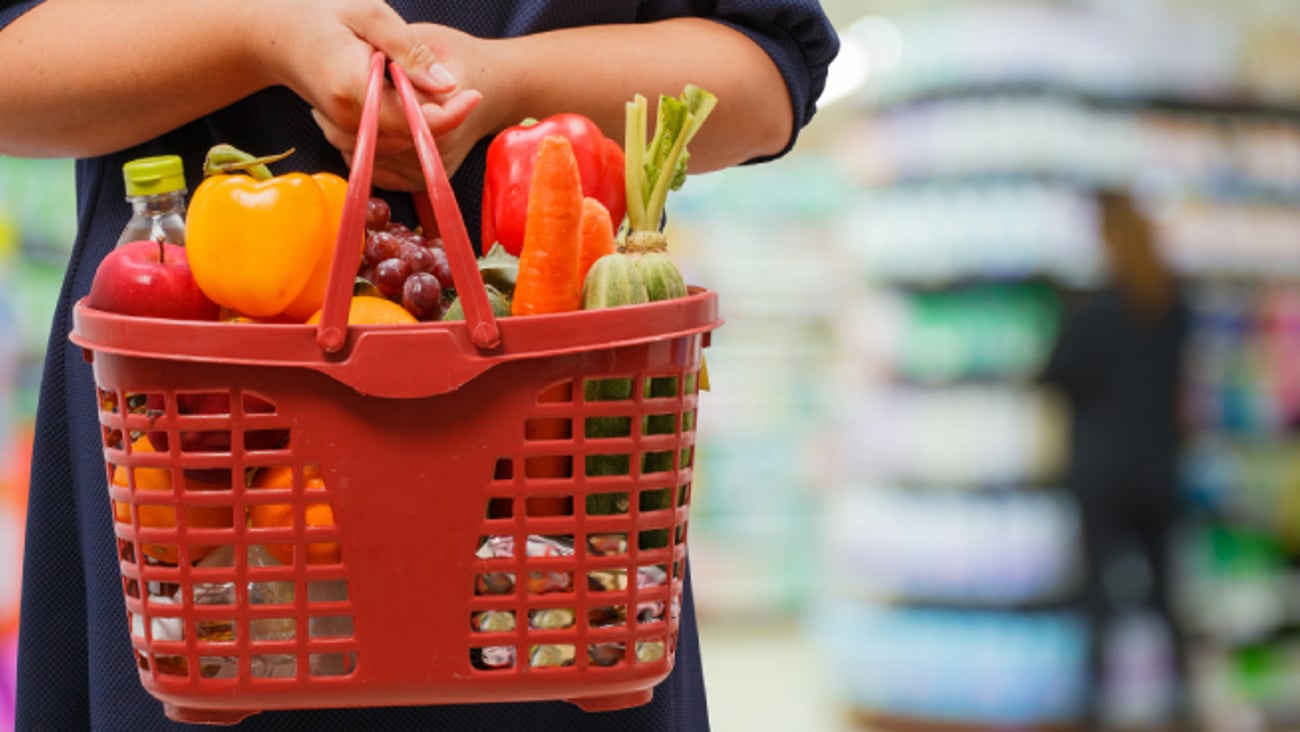Tariffs and consumer habits are shifting, but there’s a way for retailers to win
Uncertainty breeds behaviour change
While it’s not news that Canadians have been grappling with financial pressures, recent political developments both at home and south of the border have intensified these challenges. Many of us (54%) continue to adapt our behaviour to mitigate cost-of-living pressures, a four-point increase from last November. This shift manifests in several ways: more home-cooked meals, budget-friendly menu planning and reduced spending on restaurant dining. Lower-income households have made notable behaviour changes since the fall, pulling back on impulse shopping (+7 points), decreasing shopping frequency (+4 points) and comparing prices (+1 point). By adapting to these realities, retailers and brands can position themselves as partners in helping Canadians navigate challenging economic times.
READ: Spontaneous, practical or passionate, emotions guide consumers' grocery purchases
Value is multilayered
Not surprisingly, the role of value as a driver of food and beverage consumption weighs heavier on Canadians, up +4 points versus November 2024. Lower-income households are increasingly motivated to save money, while higher-income households increasingly seek good value. The multifaceted nature of value involves careful analysis, requiring different strategies for marketing and retail activation. Our Ipsos FIVE data reveals a +4% shift towards discount grocery channels since 2021, indicating Canadians’ growing quest for better deals. Moreover, we’ve observed an uptick in pantry-loading, with a three-point increase in consumers stocking up on discounted packaged foods since the fall. When we talk about “good value for money,” it requires tapping into a unique set of needs with nuance that varies by format. For packaged food and drink, this translates to satisfying needs around indulgence, brand loyalty, “grazebility” and habitual consumption. Fresh products must deliver on healthfulness, pure and natural ingredients, and authenticity. Frozen items, while traditionally associated with cost-saving, can offer good value by meeting needs for indulgence, reducing food waste and elevating overall experiences. Retailers and brands need to clearly communicate value propositions—price savings, quality, convenience or a combination. By aligning with these evolving value perceptions, retailers can enhance customer loyalty and drive sales in this price-sensitive market.
Elbows up, Canada?
Against the backdrop of tariff wars and heightened financial vigilance, the “Elbows Up” movement has gained significant momentum in Canada, championing support of domestic products. But, are Canadians putting money where their mouth is? The answer, as it relates to what we’re eating and drinking, is favourable, yet somewhat mixed. The “Made in Canada” label has long been touted as the top-ranking packaging claim, particularly resonating among the boomer generation. Since the fall of 2024, we have seen sustained growth in importance of this claim, driven by generation Xers (+16 points) and millennials (+10 points), while boomers maintain a steady dedication to the maple leaf. Generation Z, on the other hand, has pulled back on this claim (-5 points) as other priorities come into play that primarily revolve around added functional benefits.
READ: Why made in Canada brands need to go beyond the label
While the “buy local” movement continues to gain traction in the media, a notable “say-do gap” exists between consumers’ intentions and their actual consumption behaviours. Interestingly, Ipsos FIVE data reveals that lower- and middle-income households who say they prioritize local food and drink demonstrate a smaller say-do gap compared to their higher-income counterparts. This suggests a stronger commitment to local products, even in the face of financial constraints.
Now what?
The increased focus on value and cost-saving behaviours demands a strategic approach to pricing, promotions and product offerings. Keeping tabs on shifting consumer preferences and tailoring marketing strategies accordingly will be crucial in this dynamic environment in the months ahead.
This article was first published in Canadian Grocer’s June/July 2025 issue.






